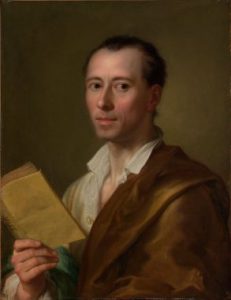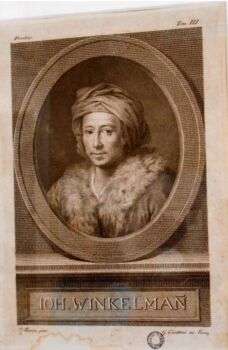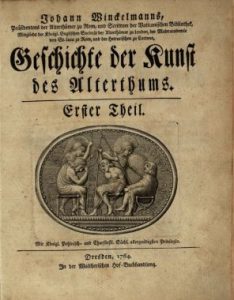German art historian, archaeologist, and aesthetics philosopher, Johann Joachim Winckelmann was the leading proponent of neoclassicism. He is a founder of modern art history and archaeology methodologies.

Image source: https://search.creativecommons.org/photos/9ee09316-32a5-445f-941a-e663104cb996 by leoncillo sabino
About His Life
Johann Joachim Winkelmann was born in 1717 in Stendal in Prussia. After early training in Stendhal and Berlin, he received classical and theological education at the University of Halle. Then, in 1741, he entered the University of Jena, where he studied mathematics and medicine. In 1748, he worked as a secretary of von Bünau’s library in Nöthnitz, near Dresden. Next, in November 1755, Winkelmann worked in Rome as a librarian for various church authorities. In 1758, he took part in the development of guidelines for excavations in Pompeii and Herculaneum. Further, in Trieste, he was stabbed to death for some jewelry he had in his hotel room.

Image source: https://search.creativecommons.org/photos/c53648a9-beb9-4648-9dd5-9474b022b464
Winckelmann’s Major Works
Winckelmann’s genius works aroused huge public interest in classical art and significantly influenced the formation of the neoclassical movement.
Reflections on the Imitation of Greek Works in Painting and Sculpture: A philosophical definition of Greek aesthetics. The work discussions the connection between art, literature, and emotions. Further, Winckelmann often quotes the dictum regarding the “noble simplicity and quiet greatness” of Greek sculpture. Also, he describes the statue of Laocoon, which had a significant influence on the German playwright and critic of Gotthold Ephraim Lessing.

Image source: https://monoskop.org
- History of Ancient Art: Though now long antiquated, is significant for its depiction of art foundations and scientific methodology.

Image source: https://monoskop.org
Info sources:
http://enlightenment-revolution.org/index.php/Winkelmann%2C_Johann_Joachim
